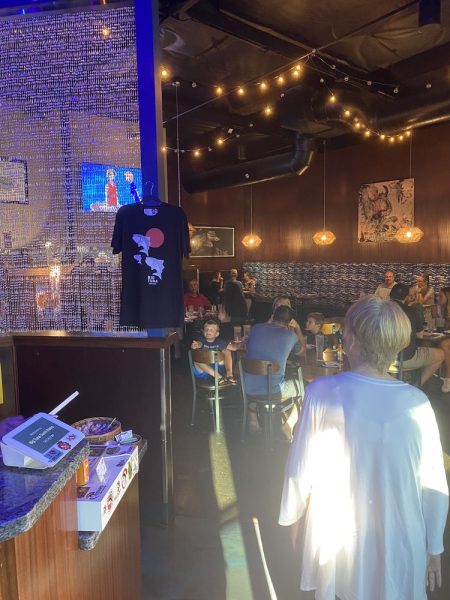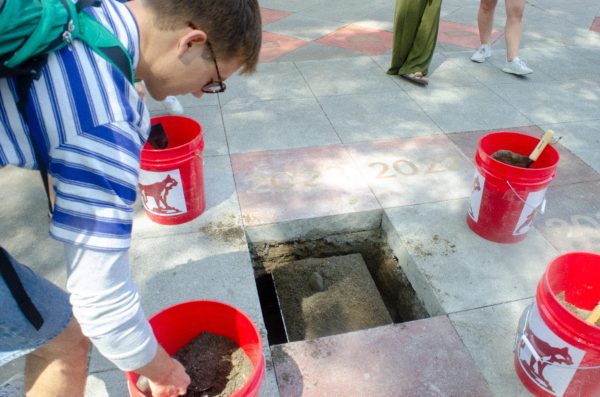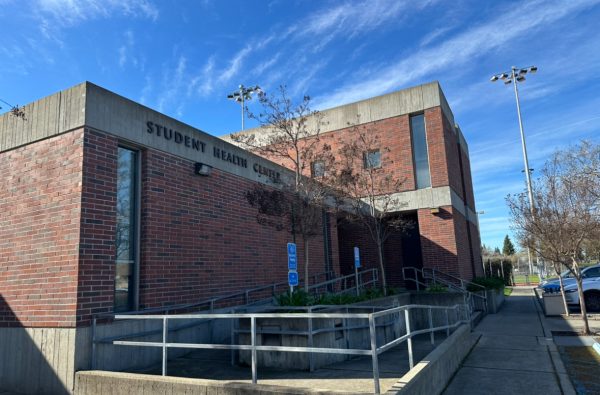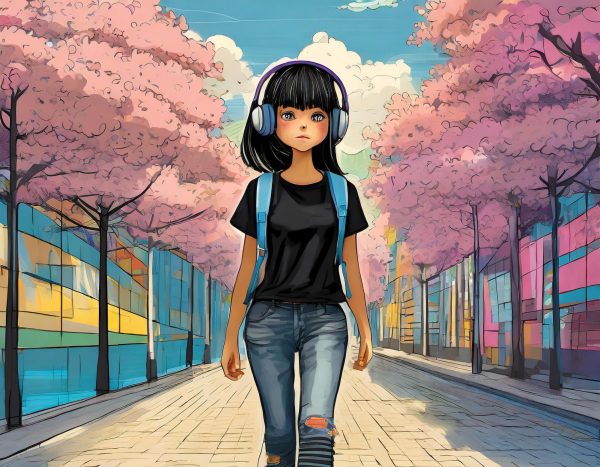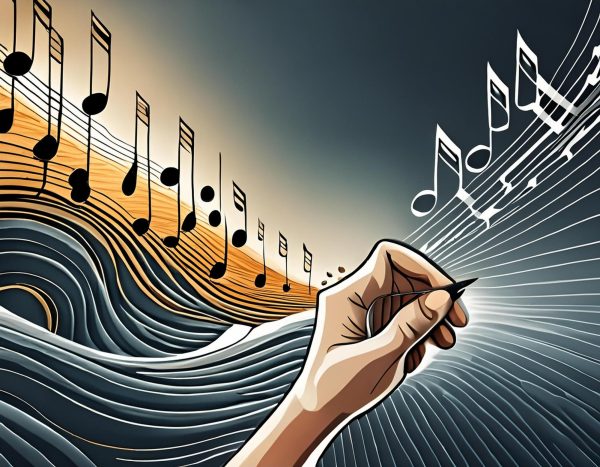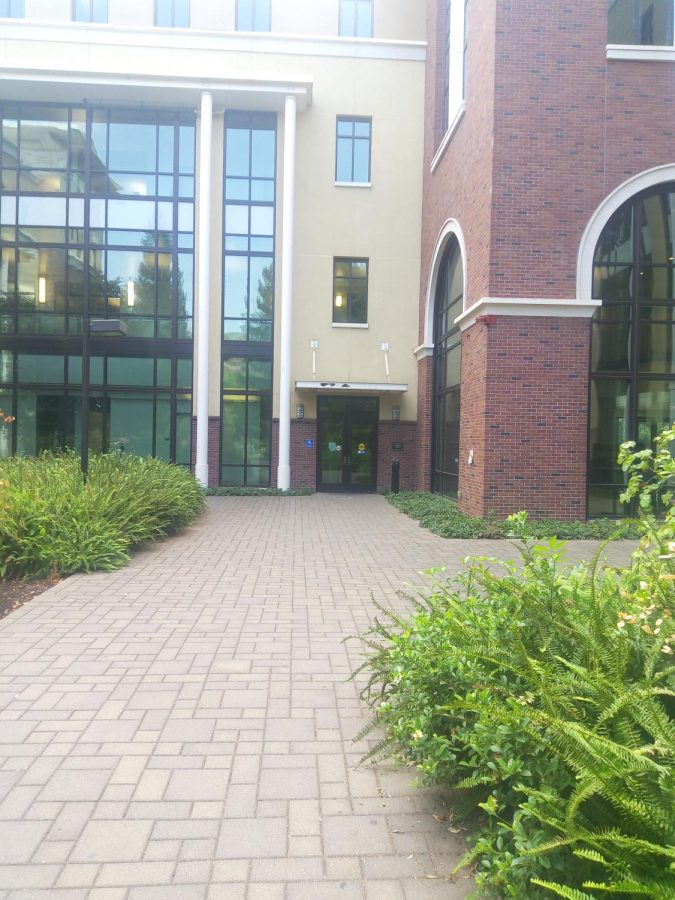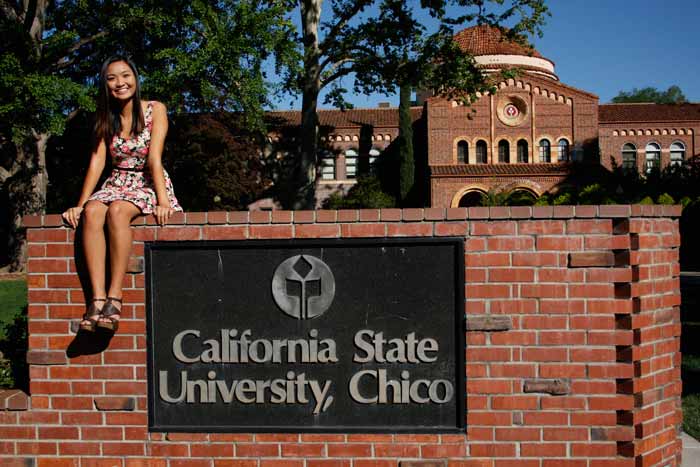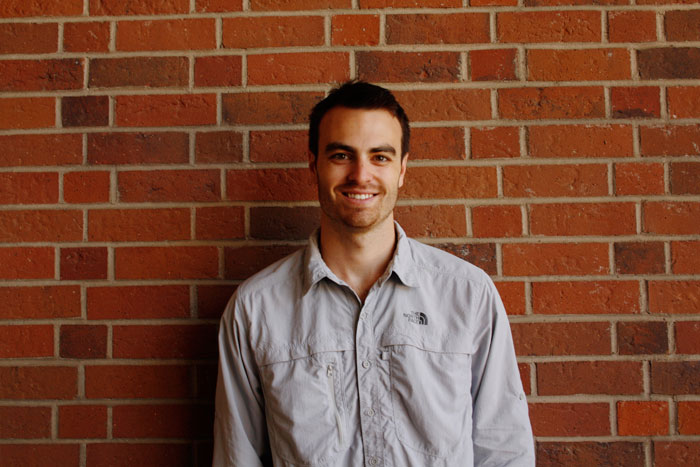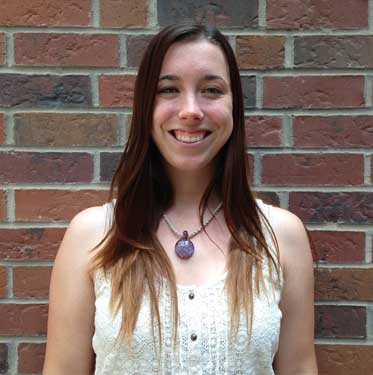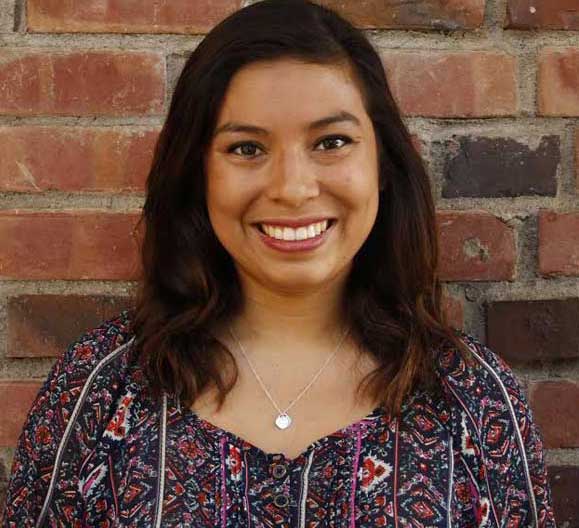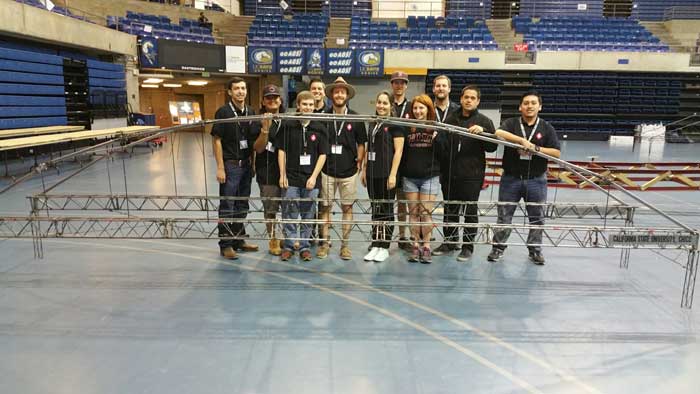Published 2008-11-18T00:00:00Z”/>
Orion Staff
Many Native Americans struggle with the truth hidden in the American tradition of Thanksgiving – a reality that is nothing to be thankful for.
While most students with Native American heritage still celebrate Thanksgiving, it is a misconception that Native Americans and Europeans came together for a happy feast, said Annette DeBrotherton, president of the American Indian Club.
“The myth of the coming together of the pilgrims and the Native American is a whole separate issue because originally there was very good contact,” she said. “But it didn’t stay that way for very long.”
Fundamental cultural and land use issues divided the two people from the beginning, she said.
Europeans at the time thought they had entitlement to land that wasn’t necessarily theirs, DeBrotherton said.
The notion that Europeans had a God-given right to American land was a foreign concept, which was resisted violently by Native Americans, she said.
“The whole idea of Manifest Destiny started taking on and started rearing its ugly head – Manifest Destiny to the native consciousness is a complete front,” she said.
DeBrotherton thinks the problem with Manifest Destiny and the truth about Thanksgiving is that Europeans truly thought they were entitled to take land, she said. And they did so by genocide, poison or by deliberately spreading disease.
There was a population loss of 90 percent after European arrival, she said.
“So from our standpoint, Thanksgiving has become a celebration of what is, to us, a holocaust,” DeBrotherton said.
It is important to mention that while there are many conflictions with the holiday, many Native Americans still participate in it for a variety of reasons, including the fact that most now come from mixed-race backgrounds, she said.
“On one hand, many of us are angry at the way many of our ancestors of indigenous people were treated,” DeBrotherton said. “At the same time, many of us are many different groups.”
Because of their mixed heritage, some Native Americans celebrate the tradition with their families, because it is a modern American holiday, she said. But others protest the holiday because much of the Native American history involved is nothing to truly be thankful for.
Yet, when the whole country is celebrating, it’s hard to be angry and not participate in taking part in family time, she said.
Despite the historical misrepresentation of Thanksgiving, it has similar traditions to those that Native Americans already practice, which is why many still feel justified in participating, said Pam Ames, faculty adviser of the American Indian Club.
“Positives are it’s good to practice thoughtfulness and acknowledge the change of seasons,” she said.
As a Native American woman of Cherokee decent and an active member of Feather River Singers, Ames takes pride in being a part of Thanksgiving, she said.
“I do practice with relatives and the whole nine yards,” she said. “I’m aware of the historical two-facedness that did take place.”
Freshman Maurice Conner, a club member, knows the importance of Thanksgiving is more in what it represents for families than the pain of his heritage, he said.
“It’s called Thanksgiving – giving thanks for what we are thankful for,” he said. “And regardless of what history tells us, we all still have things to be thankful for.”
The first Thanksgiving The pilgrims were rescued in 1620 from starvation and severe weather by a Wampanoag Indian man called “Tisquantum” or “Squanto,” who had learned English after traveling to England with explorer John Weymouth.
He brought them deer meat and beaver skins, taught them to cultivate corn and other vegetables and how to build Native American-style houses. He pointed out poisonous plants and showed how other plants could be used as medicine.
<strong>A feast for thanks</strong>
By fall, things were much better for the pilgrims and they decided to have a thanksgiving feast to celebrate their good fortune. Pilgrim leader Capt. Miles Standish invited Squanto and the Wampanoag leader, Massasoit, and their families to the feast, but were overwhelmed by the sheer size of Indian families. It became clear to Massasoit that the pilgrims had not expected the 90-plus people who came to feast and he ordered more food to be brought. Thus it happened that the Indians supplied the majority of the food for the three-day celebration.
A peace and friendship agreement was made between Massasoit and Standish giving the pilgrims the clearing in the forest where the old village once stood to build their new town of Plymouth.
<strong>Friendship sours</strong>
The European population grew and the Indians’ help was not needed, mistrust started to grow and the friendship weakened. The pilgrims displayed intolerance toward the Indian religion and within a few years the children of the people who ate together at the first Thanksgiving were killing one another in what came to be called King Phillip’s War.
<em>Source: Center for World Indigenous Studies</em>
